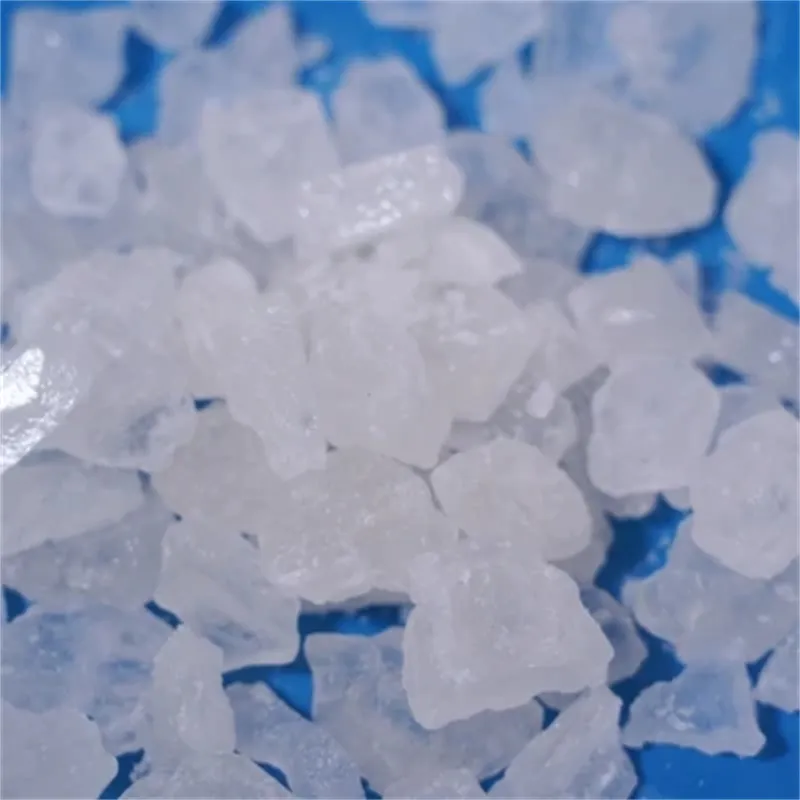Warning: Undefined array key "title" in /home/www/wwwroot/HTML/www.exportstart.com/wp-content/themes/1198/header.php on line 6
Warning: Undefined array key "file" in /home/www/wwwroot/HTML/www.exportstart.com/wp-content/themes/1198/header.php on line 7
Warning: Undefined array key "title" in /home/www/wwwroot/HTML/www.exportstart.com/wp-content/themes/1198/header.php on line 7
Warning: Undefined array key "title" in /home/www/wwwroot/HTML/www.exportstart.com/wp-content/themes/1198/header.php on line 7
- Afrikaans
- Albanian
- Amharic
- Arabic
- Armenian
- Azerbaijani
- Basque
- Belarusian
- Bengali
- Bosnian
- Bulgarian
- Catalan
- Cebuano
- China
- China (Taiwan)
- Corsican
- Croatian
- Czech
- Danish
- Dutch
- English
- Esperanto
- Estonian
- Finnish
- French
- Frisian
- Galician
- Georgian
- German
- Greek
- Gujarati
- Haitian Creole
- hausa
- hawaiian
- Hebrew
- Hindi
- Miao
- Hungarian
- Icelandic
- igbo
- Indonesian
- irish
- Italian
- Japanese
- Javanese
- Kannada
- kazakh
- Khmer
- Rwandese
- Korean
- Kurdish
- Kyrgyz
- Lao
- Latin
- Latvian
- Lithuanian
- Luxembourgish
- Macedonian
- Malgashi
- Malay
- Malayalam
- Maltese
- Maori
- Marathi
- Mongolian
- Myanmar
- Nepali
- Norwegian
- Norwegian
- Occitan
- Pashto
- Persian
- Polish
- Portuguese
- Punjabi
- Romanian
- Russian
- Samoan
- Scottish Gaelic
- Serbian
- Sesotho
- Shona
- Sindhi
- Sinhala
- Slovak
- Slovenian
- Somali
- Spanish
- Sundanese
- Swahili
- Swedish
- Tagalog
- Tajik
- Tamil
- Tatar
- Telugu
- Thai
- Turkish
- Turkmen
- Ukrainian
- Urdu
- Uighur
- Uzbek
- Vietnamese
- Welsh
- Bantu
- Yiddish
- Yoruba
- Zulu
നവം . 09, 2024 15:05 Back to list
Understanding the Components and Uses of Propylene Glycol in Various Industries
Understanding Propylene Glycol Composition and Uses
Propylene glycol, chemically known as propane-1,2-diol, is a synthetic organic compound that has garnered considerable attention in various industries, including food, pharmaceuticals, and cosmetics. Its unique properties and versatility make it a fundamental ingredient in numerous products. This article explores the composition of propylene glycol, its safe usage, and its roles in different applications.
Composition of Propylene Glycol
Propylene glycol is a colorless, odorless, and tasteless liquid with a low viscosity. It is hygroscopic, which means it can attract and retain water. The compound is derived from petroleum products through the hydration of propylene oxide. The chemical formula for propylene glycol is C3H8O2, which pertains to its molecular structure comprising three carbon atoms, eight hydrogen atoms, and two oxygen atoms.
In its pure form, propylene glycol is produced through a process that involves the catalytic hydration of propylene oxide. This non-toxic compound has gained approval from regulatory agencies, such as the U.S. Food and Drug Administration (FDA) and the Environmental Protection Agency (EPA), designating it as “Generally Recognized As Safe” (GRAS) when utilized in food applications.
Uses of Propylene Glycol
The applications of propylene glycol are numerous and diverse, spanning several sectors
1. Food Industry Propylene glycol is commonly used as a food additive, functioning primarily as a humectant to retain moisture in food products. It is found in various items, including baked goods, salad dressings, and flavored syrups, helping to improve texture and flavor stability. Additionally, propylene glycol can act as a solvent for food flavorings and colors.
ingredients in propylene glycol

2. Pharmaceuticals Within the pharmaceutical sector, propylene glycol serves as a carrier for active ingredients in various medications, including cough syrups, topical treatments, and intravenous solutions. Its ability to dissolve both hydrophilic and lipophilic substances makes it a valuable excipient, ensuring the effective delivery of drugs within the body.
3. Cosmetics and Personal Care The cosmetic industry heavily utilizes propylene glycol due to its moisturizing properties. It is a common ingredient in lotions, creams, shampoos, and deodorants. By retaining moisture, propylene glycol helps to improve the skin's texture and feel. Furthermore, it acts as a solvent for other ingredients, enhancing product shelf life and performance.
4. Industrial Applications Propylene glycol is also employed in various industrial applications, such as antifreeze formulations, hydraulic fluids, and de-icing agents. Its low toxicity and eco-friendliness make it an attractive alternative to ethylene glycol, which can be harmful to humans and the environment.
Safety and Regulation
While considered safe for consumption and use in various products, it is essential to note that propylene glycol should be utilized within recommended limits. The FDA has established acceptable daily intake levels for specific applications, ensuring consumer safety. Allergic reactions to propylene glycol are rare but may occur in some individuals, particularly when used in high concentrations.
The Environmental Protection Agency (EPA) has classified propylene glycol as a non-hazardous substance, further emphasizing its favorable safety profile. However, as with any chemical, it is crucial for manufacturers and consumers to be informed about the appropriate handling and potential effects of propylene glycol.
Conclusion
In summary, propylene glycol is a versatile compound critical to numerous industries, including food, pharmaceuticals, cosmetics, and manufacturing. Its ability to retain moisture, act as a solvent, and improve product stability has solidified its role as an essential ingredient in many consumer and industrial products. As safety standards and regulations continue to evolve, propylene glycol remains a subject of ongoing research and scrutiny, ensuring that its use remains safe and beneficial for consumers and the environment. Understanding its composition and applications not only highlights its importance but also reassures users of its safety and efficacy in everyday products.
Latest news
-
Certifications for Vegetarian and Xanthan Gum Vegetarian
NewsJun.17,2025
-
Sustainability Trends Reshaping the SLES N70 Market
NewsJun.17,2025
-
Propylene Glycol Use in Vaccines: Balancing Function and Perception
NewsJun.17,2025
-
Petroleum Jelly in Skincare: Balancing Benefits and Backlash
NewsJun.17,2025
-
Energy Price Volatility and Ripple Effect on Caprolactam Markets
NewsJun.17,2025
-
Spectroscopic Techniques for Adipic Acid Molecular Weight
NewsJun.17,2025

